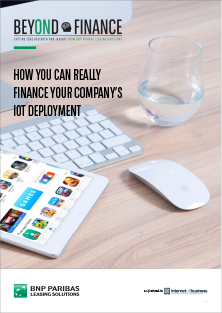
By Tristan Watkins, CEO, BNP Paribas Leasing Solutions UK
The must-haves for previous generations of SMEs aren’t as important for the new wave of digitally native companies. Spurred on by a stream of Millennials entering the workplace, many smaller businesses are putting off major purchases – or avoiding them entirely.
Starting your own business is an exciting and challenging venture. For many entrepreneurs it’s a first-time foray into a world of spreadsheets and budgets, HR and office overheads, all of which can be daunting – and very expensive to get right.
However, advances and innovations in technology have changed how we do things, both in our personal and work lives. We now have greater access to affordable experiences and assets; from holiday accommodation via Airbnb to collaborative workspaces that share resources.
The shift towards access has meant the emphasis on outright ownership is dwindling. People want to lease, rent or pay monthly for products and services, and the younger generation, raised on subscription-based business models such as Netflix or Spotify, is driving this trend into the workplace.
More and more business owners are considering subscription-based agreements that enable them to spread their costs over a longer period of time. This means you can afford the software and supplies you need to run your company, without putting pressure on your capital and operating budgets. It’s a business model you are already very familiar with: by paying monthly for your mobile phone, you can afford the handset of your choice, and upgrade to the latest versions as they’re rolled-out, staying up-to-date and connected.




